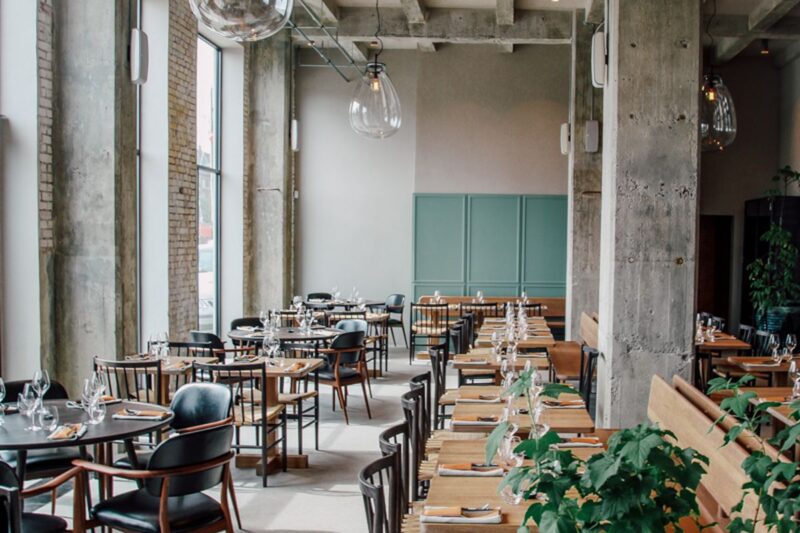How To Reduce the Carbon Footprint of Your Restaurant?

As a restaurant owner, your responsibility doesn’t stop at the diners and staff members. It also expands to the environment. Restaurants have a bad habit of harming rather than helping the ecosystem, but your business doesn’t need to be part of the problem. It can be the solution! Check out how to reduce the carbon footprint of your restaurant.
Use LED Lighting
The end goal for your power supply should be to go solar, but that’s not in everyone’s budget. Installing solar panels is better for the environment, but you have an alternative if solar power is not a possibility right now. Swap out the current light bulbs with LED lighting.
LEDs aren’t as eco-friendly as solar panels, but they do reduce your carbon footprint by 50–70 percent! This form of lighting consumes 90 percent less energy than incandescent lighting. The numbers don’t lie, and it’s better for your business because they are long-lasting. You don’t need to worry about the lights burning out quickly and spending more money on replacements.
Diversify Your Menu and Source Locally
Responsible dining is crucial for reducing a restaurant’s carbon footprint. Consider introducing more vegetarian and vegan options on the menu. Vegan and vegetarian diets are carbon-friendly and better for diners’ health. It’s a win-win!

Not all of your customers want to give up meat. For those situations, you need to look locally to source your meat, fish, and other animal products. We don’t need to add any more pollution to the environment by poorly handling food.
Manage Waste
Restaurants generate a lot of waste—maybe too much. Hiring a waste management company will help you reduce the amount of waste generated at your establishment. More importantly, they know which items to trash and which ones to recycle.
We all know about the reduce, reuse, and recycle methods, but not everyone knows which items can go where. This knowledge will make it easier to organize and categorize the waste, so recyclables end up in the right bin. More importantly, you get a better visual representation of the waste that isn’t recycled.
From there, you can brainstorm alternatives to minimize the amount of waste your restaurant generates. The waste company will also make sure you compost discarded food.
Nix the Plastic and Styrofoam
Since we’re speaking of brainstorming alternatives, it’s time to say bye to plastic and Styrofoam. A lot of people think you can recycle Styrofoam, but recycling it is tricky, so it belongs in the trash.
Styrofoam is not biodegradable and takes hundreds of years to break down—we don’t have that kind of time. Some plastic is biodegradable but also takes too long to break down. Fortunately, there are cutlery and straws alternative for your patrons, and you can package food products in various food-safe materials. Look into a few of them and determine which ones are suitable for your restaurant.
Showing that you care by reducing your restaurant’s carbon footprint will improve your reputation in the food industry and keep bringing customers back for more.


